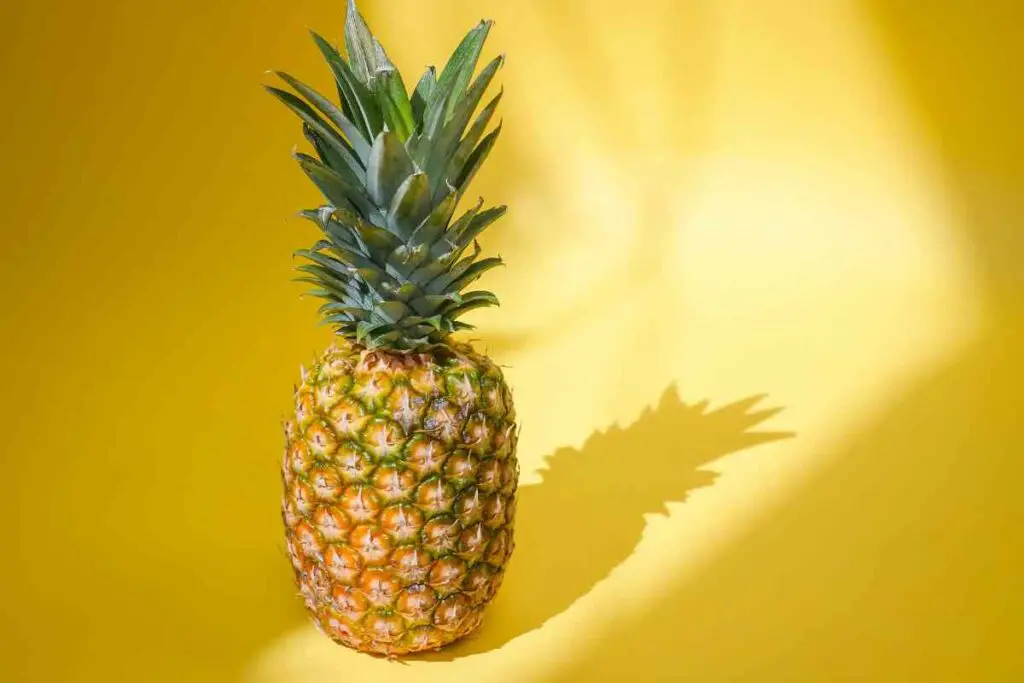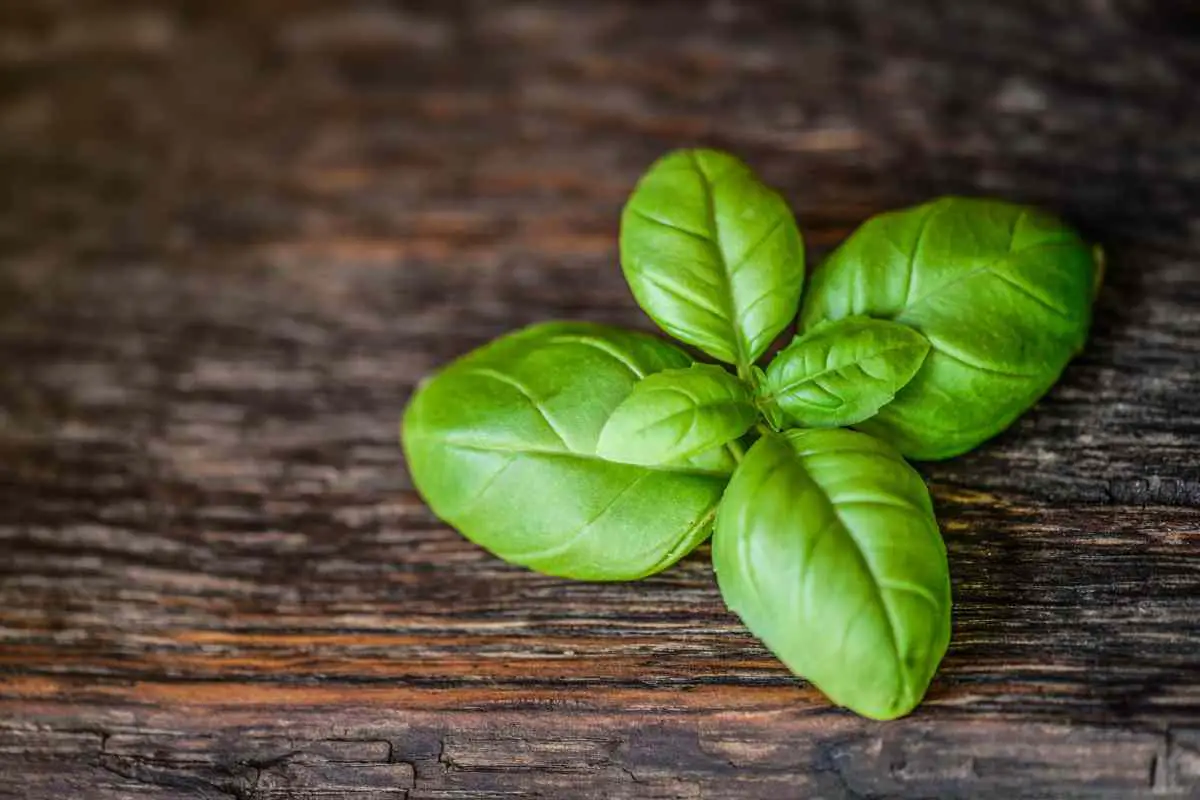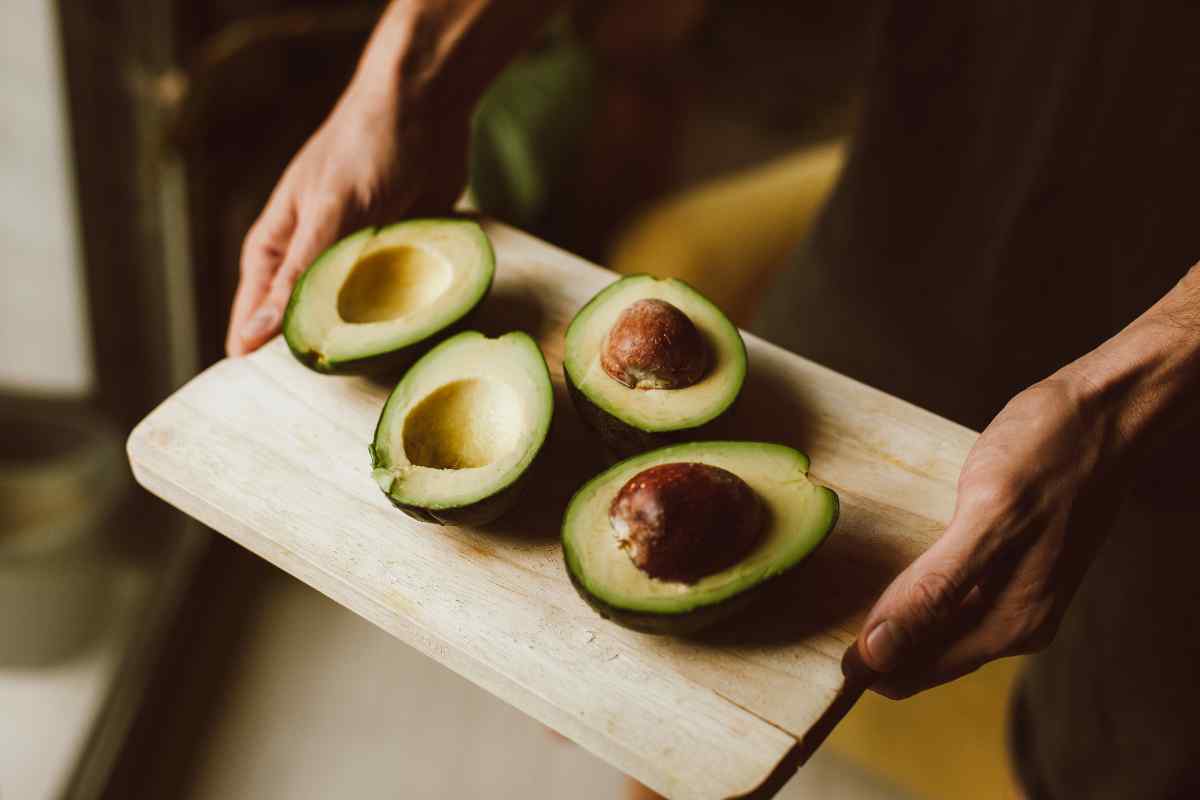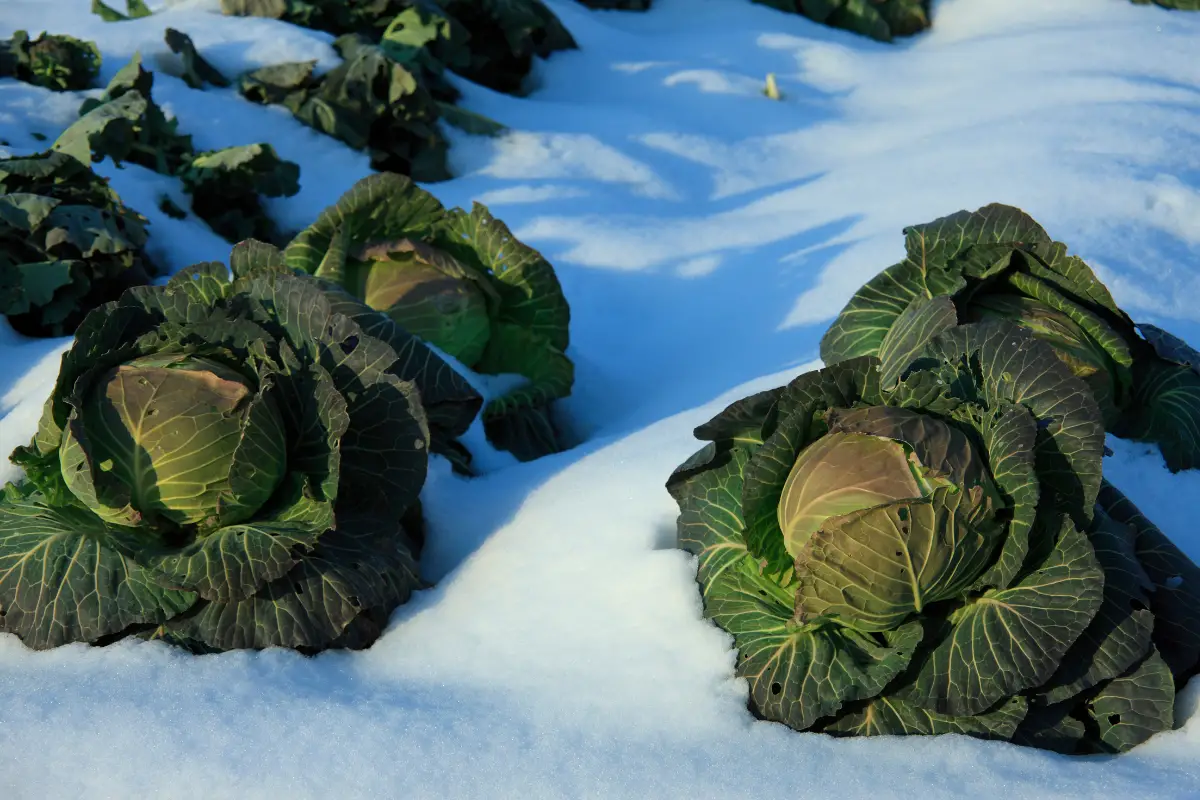Pineapple is a tropical fruit that is sweet, juicy, and refreshing. It is often used in various culinary dishes, including smoothies, cocktails, and desserts.
However, one question that many people have about pineapples is whether or not they have seeds.
The answer is not straightforward, but it depends on the type of pineapple.

Table of Contents
Does Pineapple Have Seeds
Pineapples are a tropical fruit that is enjoyed by many people around the world. One question that often arises is whether pineapples have seeds. The short answer is no, commercial pineapples do not have seeds. However, wild pineapples do have seeds.
The reason why most commercial pineapples do not have seeds is due to genetic modification and hybridization. Pineapple growers have developed varieties of pineapples that produce fruits that either do not grow seeds or are less likely to grow them. This is because seeds can lower the overall taste of the fruit.
Wild pineapples, on the other hand, do have seeds. On average, wild pineapples have around 50 small black or brown seeds scattered throughout the fruit. These seeds can be eaten, but they are often removed before eating the fruit.
While commercial pineapples do not have seeds, they can still be grown from the tops of the fruit. To do this, the top of the pineapple is cut off, and the fruit is removed from the top. The top is then planted in soil, and a new pineapple plant will grow from it.
How Pineapple Seeds are Formed
Pineapples are tropical fruits that belong to the Bromeliaceae family. They are unique in that they produce fruit from a single flower that forms a cluster of berries. Pineapple seeds are found within these berries, which are also known as “fruitlets.”
Wild pineapples produce fruitlets that contain between 50 and 75 seeds each. However, commercial pineapples have been bred to produce seedless fruit. This is because the seeds can be tough and unpleasant to eat, and they can also be a hindrance during processing and transportation.
Pineapple seeds are formed through sexual reproduction. The pineapple plant produces a flower spike that grows at the center of the plant. The flowers on the spike are pollinated by bees or other insects, which allows the fruit to develop. As the fruit develops, the flowers are transformed into fruitlets, each containing a cluster of seeds.
Once the fruit is fully mature, the fruitlets are harvested and processed for consumption. However, if you want to grow your own pineapple plant, you can save the seeds and plant them.
To do this, you will need to remove the seeds from the fruitlets and dry them out. Once they are dry, you can plant them in soil and wait for them to germinate.
Dispersion of Pineapple Seeds
Pineapples are not commonly grown from seeds, but they do produce seeds. Wild pineapples have around 50 small black or brown seeds scattered in the fruit. However, commercial pineapples that are sold in grocery stores do not have seeds. This is because they have been genetically modified and hybridized among different populations to produce fruits that either don’t grow seeds or are less likely to.
The seeds of pineapples are dispersed in a few different ways. One way is through human consumption. When people eat pineapples, they may accidentally ingest the seeds, which can then be dispersed in their feces. This can lead to new pineapple plants growing in unexpected locations.
Another way that pineapple seeds can be dispersed is through animals. Birds and other animals may eat the fruit and then disperse the seeds through their feces. This can also lead to new pineapple plants growing in unexpected locations.
Pineapple seeds can also be dispersed through natural processes such as wind and water. If a pineapple falls to the ground and the fruit is left to rot, the seeds may be dispersed by the wind or water. This can lead to new pineapple plants growing in unexpected locations.
Pineapple Seed Germination
Pineapple seeds are small and black in appearance and are embedded in the flesh near the rind of a pineapple. Germinating pineapple seeds can be a slow process, sometimes taking up to two years or more to sprout. However, it is possible to grow pineapple plants from seeds.
To germinate pineapple seeds, one can place them in a sealed plastic bag with a moist paper towel. The seeds should be kept at a temperature of around 77°F (25°C) for germination. This process can take up to six months.
Once the seeds have sprouted, they can be planted in small pots and nursed carefully. Pineapple plants require full sun with temperatures between 68°F and 86°F (20-30°C) and 70-80 percent humidity for optimal growth. It is recommended to move the plants outside into direct sunlight so they’ll take root and produce pineapple after 2-3 years.
It’s worth noting that the far more popular approach to growing a new pineapple plant is to grow them vegetatively. This involves planting the top of a mature pineapple fruit, which can produce a new plant in a shorter amount of time compared to growing from seeds.
In summary, pineapple seeds can be germinated by placing them in a sealed plastic bag with a moist paper towel and kept at a temperature of around 77°F (25°C). While it is possible to grow pineapple plants from seeds, it is a slow process and growing them vegetatively by planting the top of a mature pineapple fruit is a more popular approach.
Common Misconceptions About Pineapple Seeds
There are a few common misconceptions about pineapple seeds that people often believe to be true. Here are some of them:
Pineapples don’t have seeds
Many people believe that pineapples don’t have seeds. While it is true that most commercial pineapples don’t have seeds, there are some varieties that do. Some of these varieties may have small seeds that are edible, while others may have larger seeds that need to be removed before eating.
Pineapple seeds are poisonous
Contrary to popular belief, pineapple seeds are not poisonous. In fact, they are edible and can be used in a variety of ways. However, they are often removed from commercial pineapples because they are tough and can be unpleasant to eat.
Pineapple seeds can be used to grow new plants
While it is possible to grow a new pineapple plant from a pineapple top, it is unlikely that the seeds inside the fruit will produce a viable plant. This is because most commercial pineapples are hybrids that have been bred to produce fruit without seeds.
Pineapple seeds are high in nutrients
Pineapple seeds are a good source of fiber and contain small amounts of vitamins and minerals. However, they are not as nutrient-dense as the flesh of the fruit.
In conclusion, while there are some misconceptions about pineapple seeds, it is important to remember that they are edible and can be used in a variety of ways. However, most commercial pineapples do not have seeds, and the seeds that are present may not be suitable for growing new plants.
Conclusion
In summary, commercial pineapples do not have seeds. While wild pineapples do have seeds, commercial pineapples are genetically modified and hybridized to produce fruits that either do not grow seeds or are less likely to.













